Rolls-Royce Recreates Goldfinger’s Gold Rolls
Images: Courtesy Rolls-Royce
The Rolls-Royce Phantom III, introduced in 1936, was the last large pre-war Rolls-Royce, succeeding the Phantom II and representing the brand's only V12 model until the 1998 Silver Seraph.
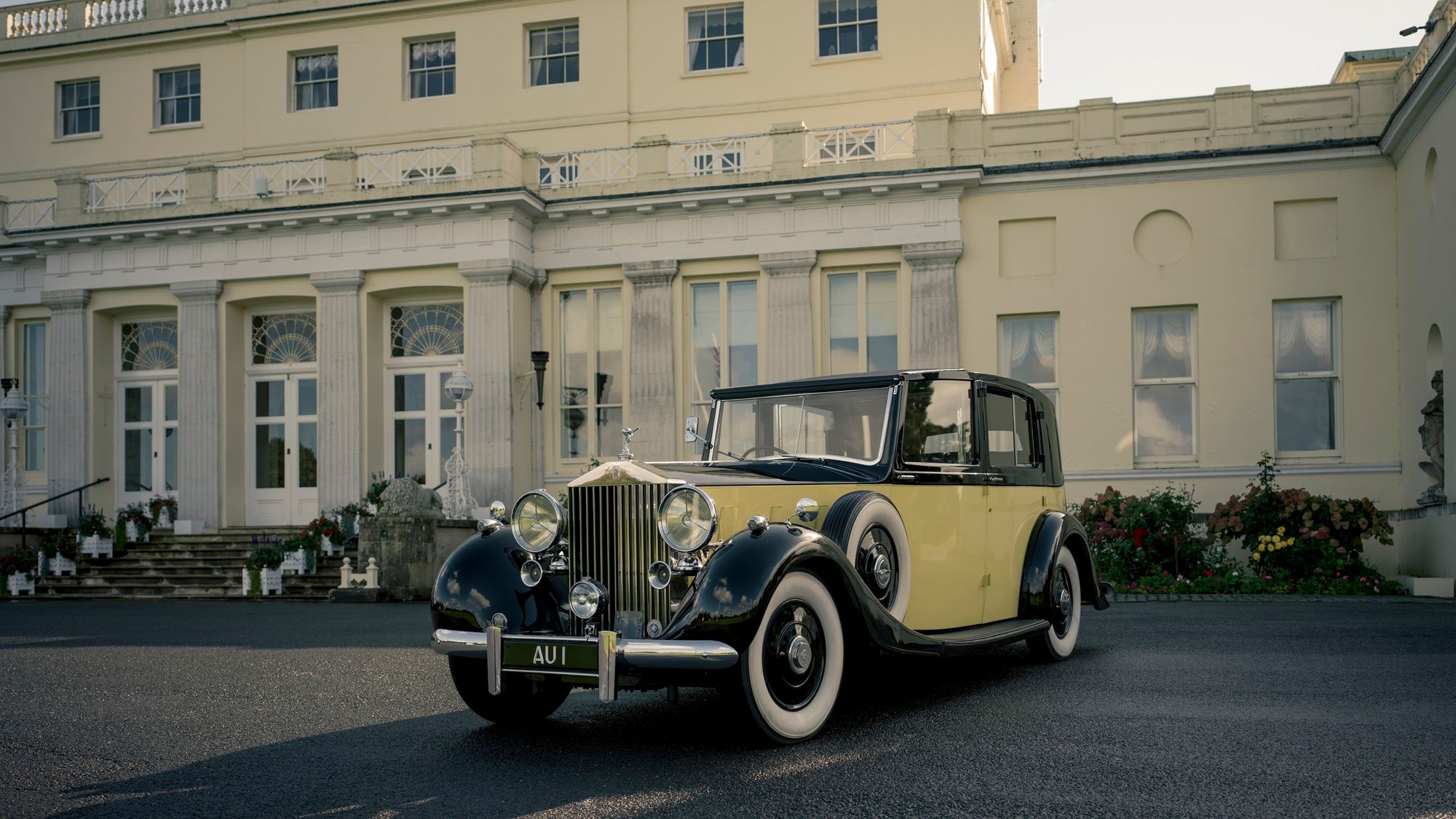
A 1937 Phantom III played a central role in the 1964 James Bond film Goldfinger, in which Auric Goldfinger, a bullion dealer, used it to smuggle gold out of Britain. However, in the original 1959 novel, Goldfinger used a Rolls-Royce Silver Ghost for his scheme.
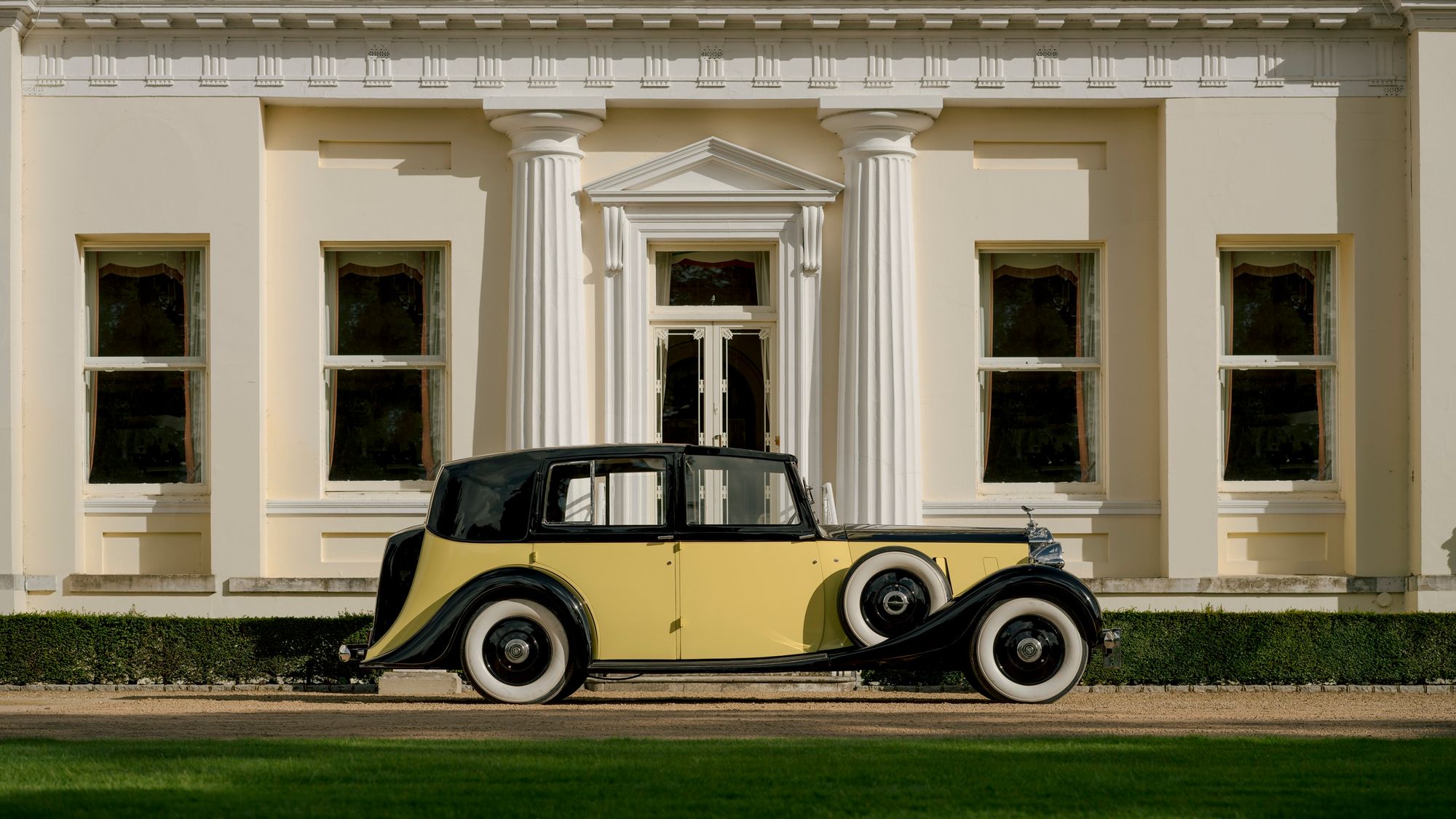
In Goldfinger, Goldfinger owns a meticulously preserved black-and-yellow Phantom III (chassis Number #3BU168, Sedanca de Ville by Barker) whose powerful build was ideal for transporting large amounts of gold.
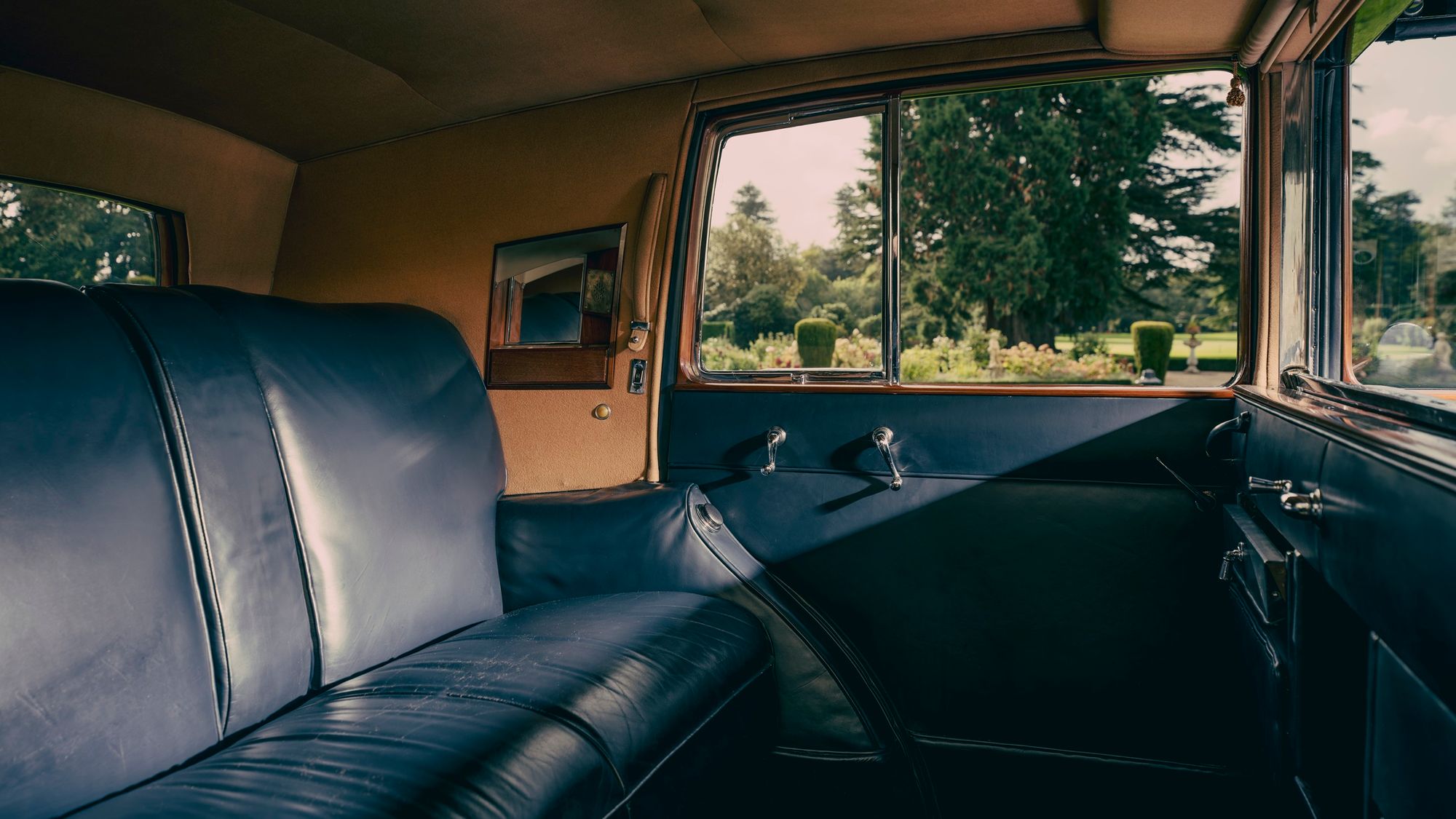
The villain took his smuggling to a new level by moulding the car's body from two tons of 18-carat gold, dismantling and melting it down at his Swiss headquarters, "Auric Enterprises, A.G.”, where it was transformed back into ingots. Bearing the licence plate "AU 1"—referencing "Au," the periodic symbol for gold—the car became an icon of cinematic luxury and crime.
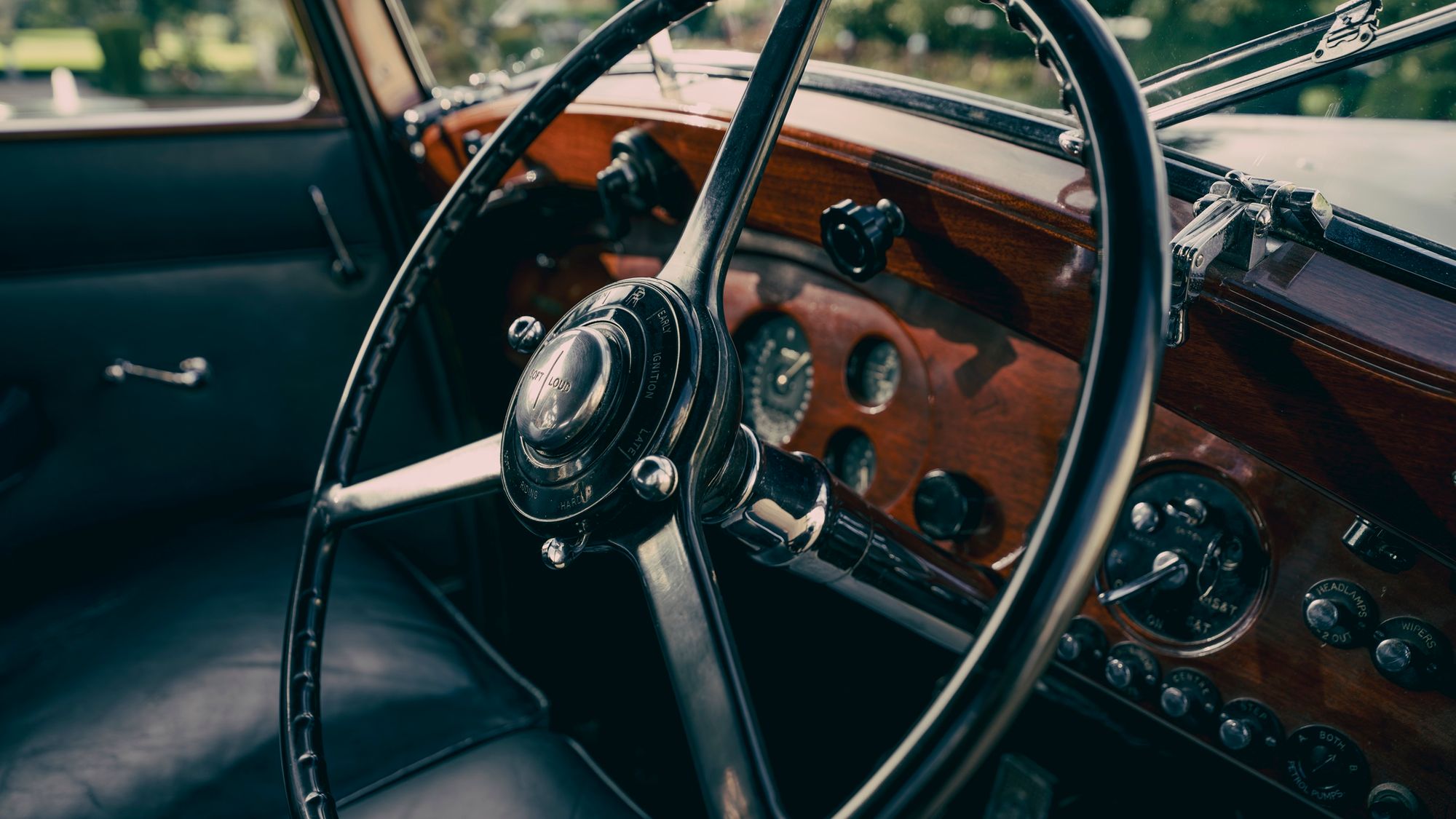
17th September 2024 marked the 60th anniversary of this 1937 Rolls-Royce Phantom III’s memorable appearance in Goldfinger, a landmark for Rolls-Royce's role in Bond films.
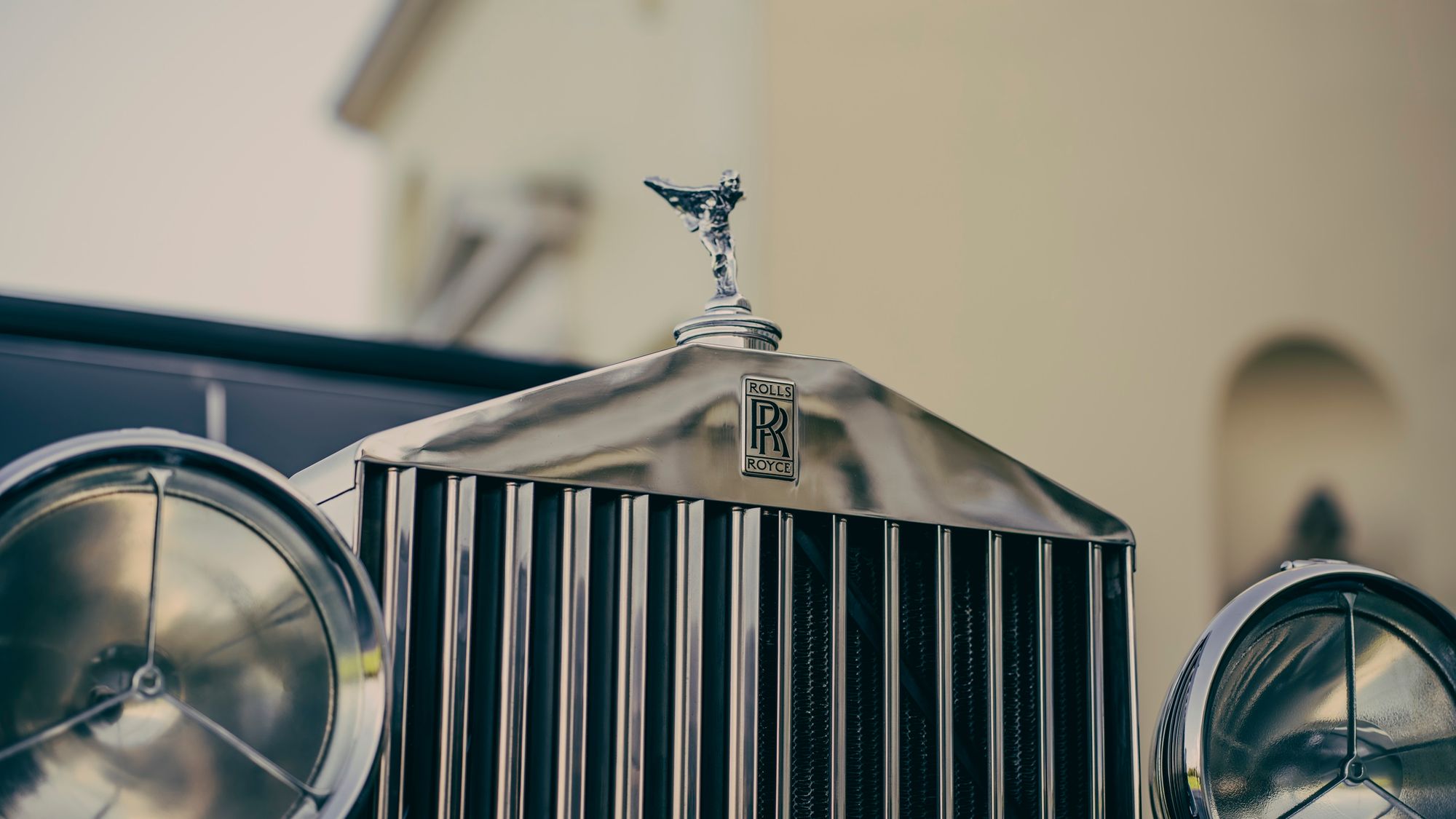

As the last model developed under Sir Henry Royce, the Phantom III boasted a powerful V12 engine and groundbreaking features like adjustable hydraulic suspension, enabling the car to bear the weight of Goldfinger’s contraband even on steep alpine roads.
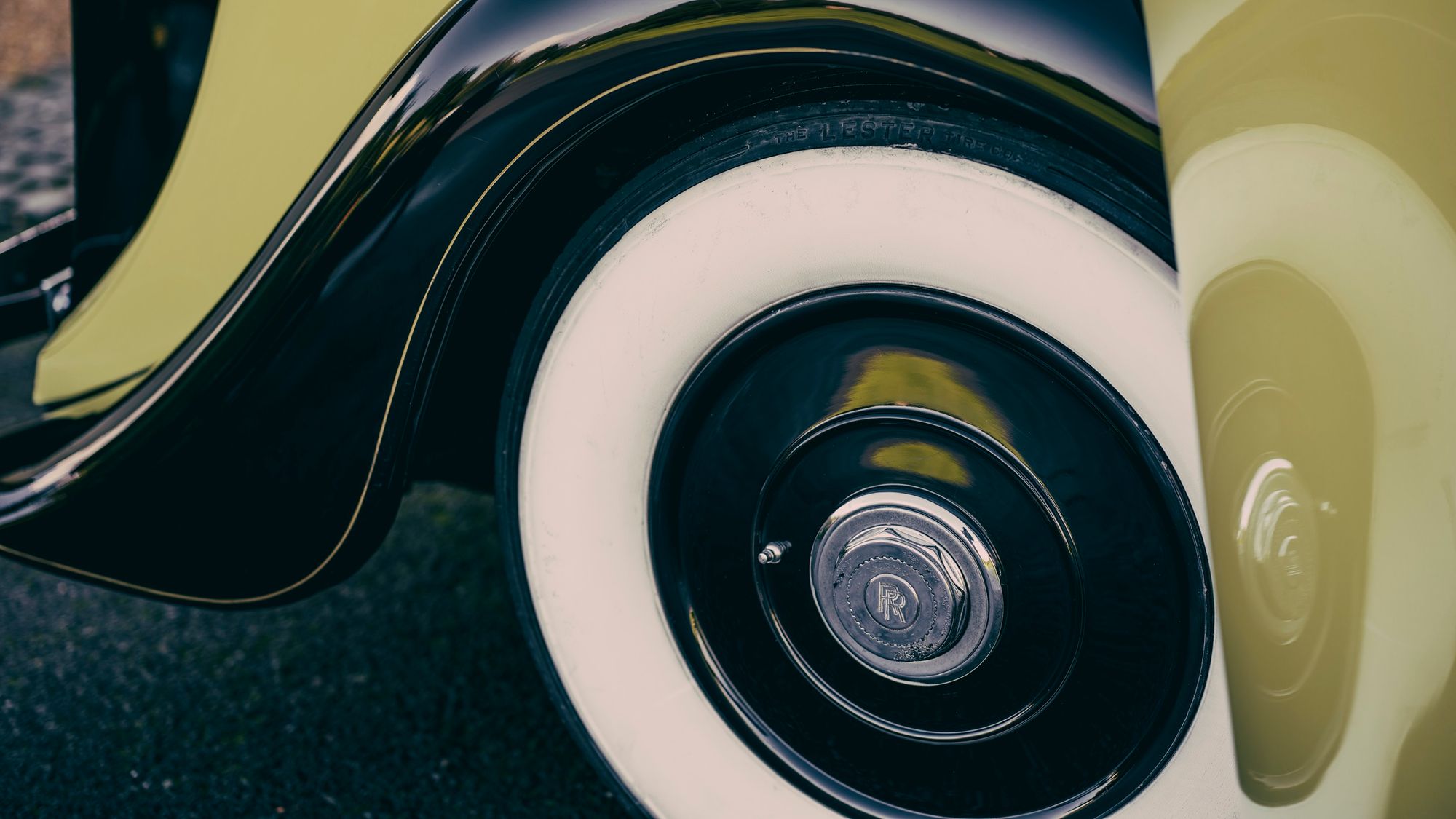
The Phantom III became a symbol of Bond-era opulence, gadgetry, and villainy. Its legacy continued with Rolls-Royce's recurring presence in the Bond franchise, but the Phantom III's role in Goldfinger remains unparalleled.
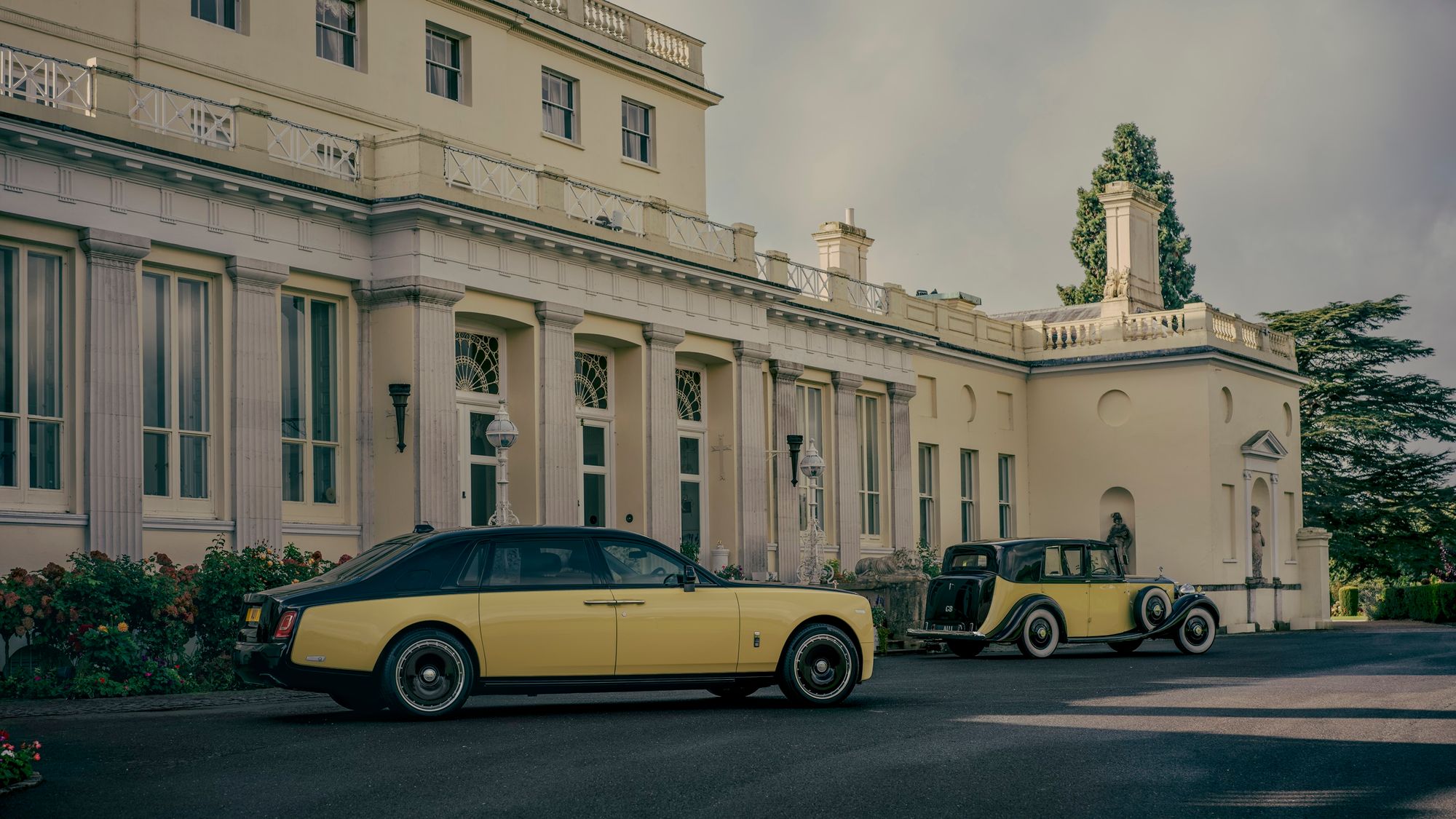
The car’s bodywork, meticulously crafted for Goldfinger’s cross-border scheme, concealed two tons of solid gold and travelled Europe, crossing the Furka Pass into Switzerland, where it was melted and recast into bars at Goldfinger's illicit smelting plant.
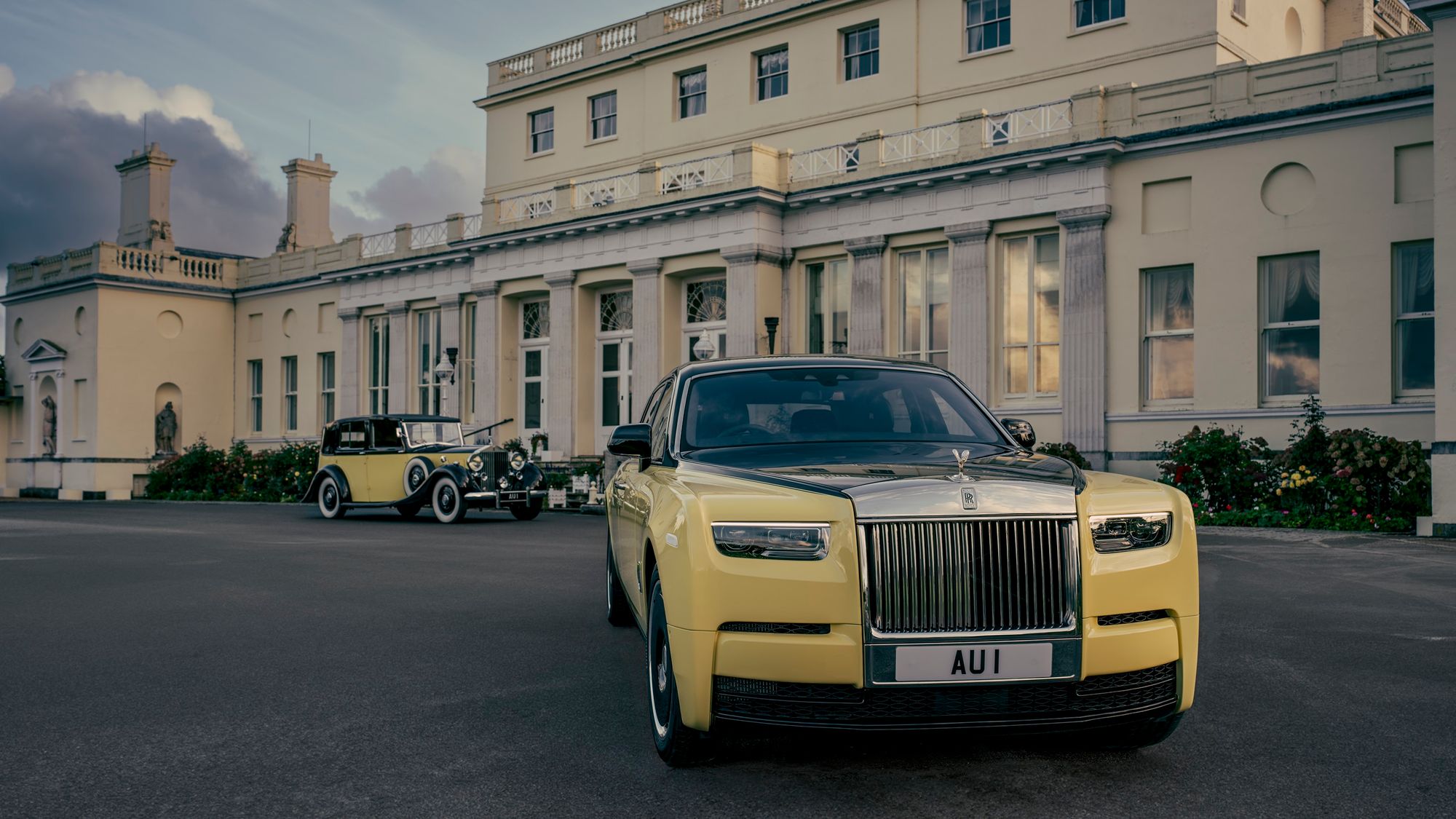
The film’s iconic scenes, including a high-stakes golf match between Bond (Sean Connery) and Goldfinger (Gert Frobe) and the thrilling Furka Pass driving sequence, are as memorable as the gadget-laden Aston Martin DB5.
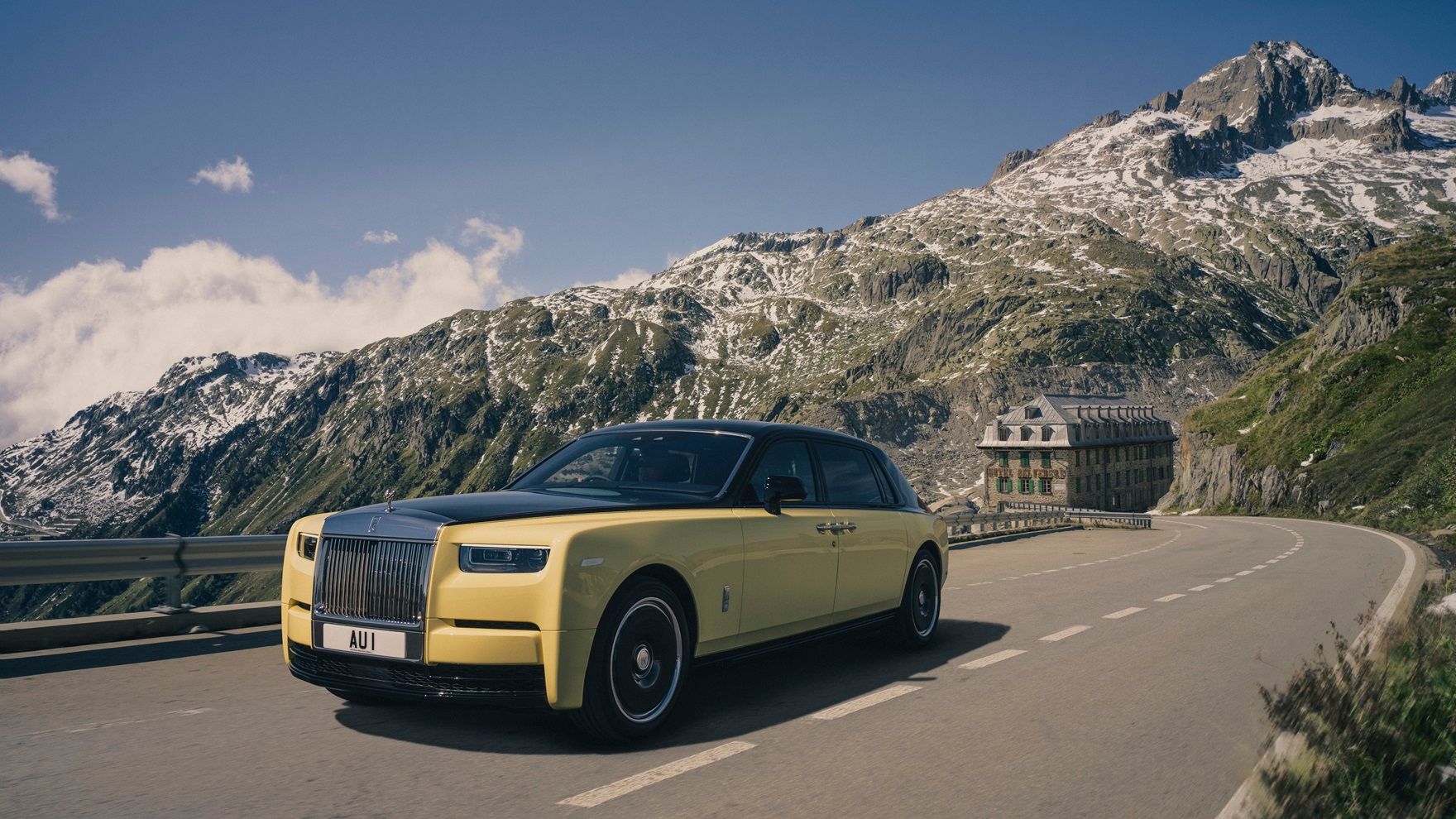
After filming, the car’s famed licence plate, "AU 1," was transferred to other Rolls-Royce models, further cementing its legacy.
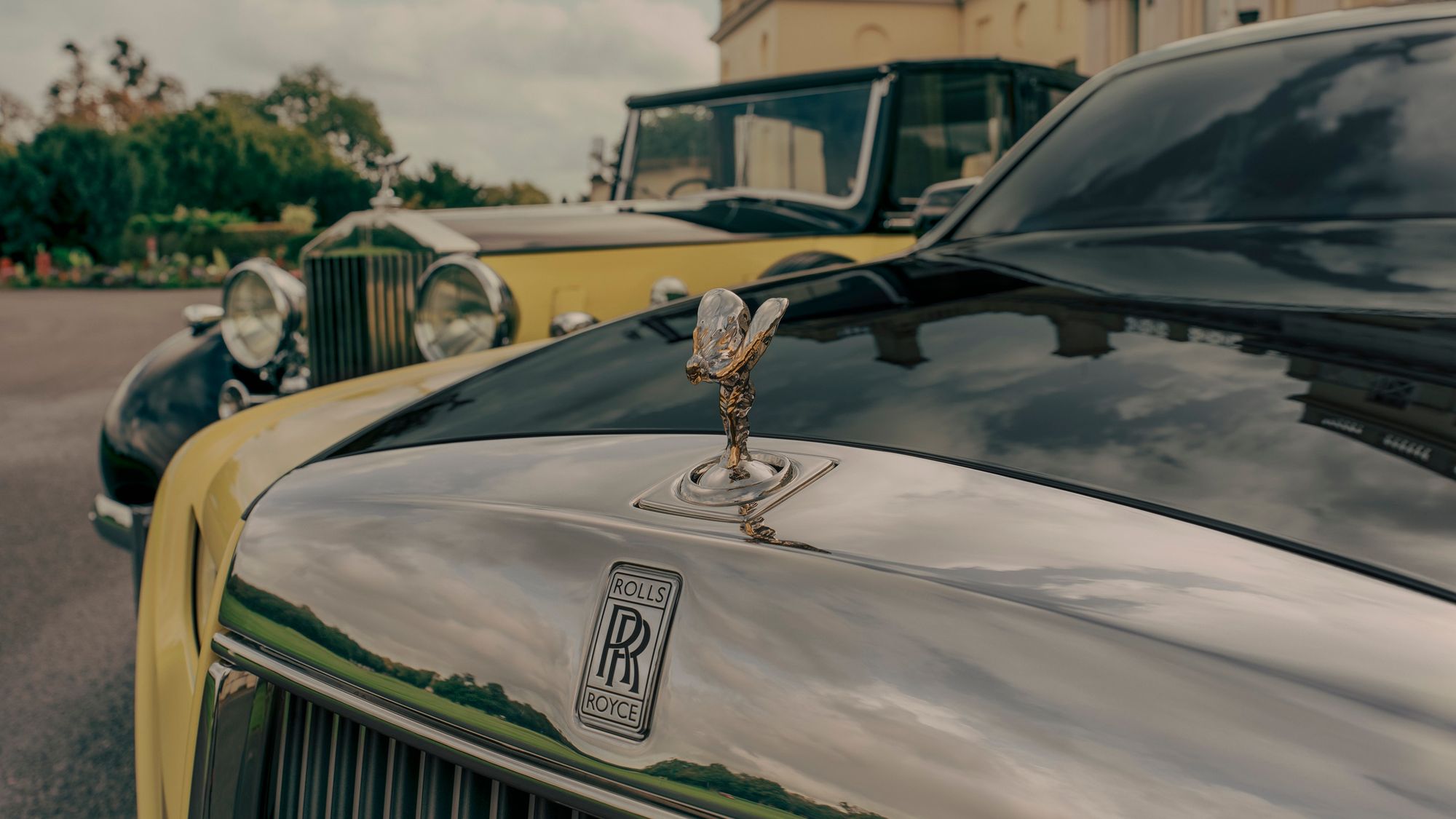
On 25th October last, Rolls-Royce unveiled a unique, custom-designed Phantom to celebrate the 60th anniversary of the film Goldfinger, adding a new chapter to the legacy of the iconic “AU 1” licence plate.
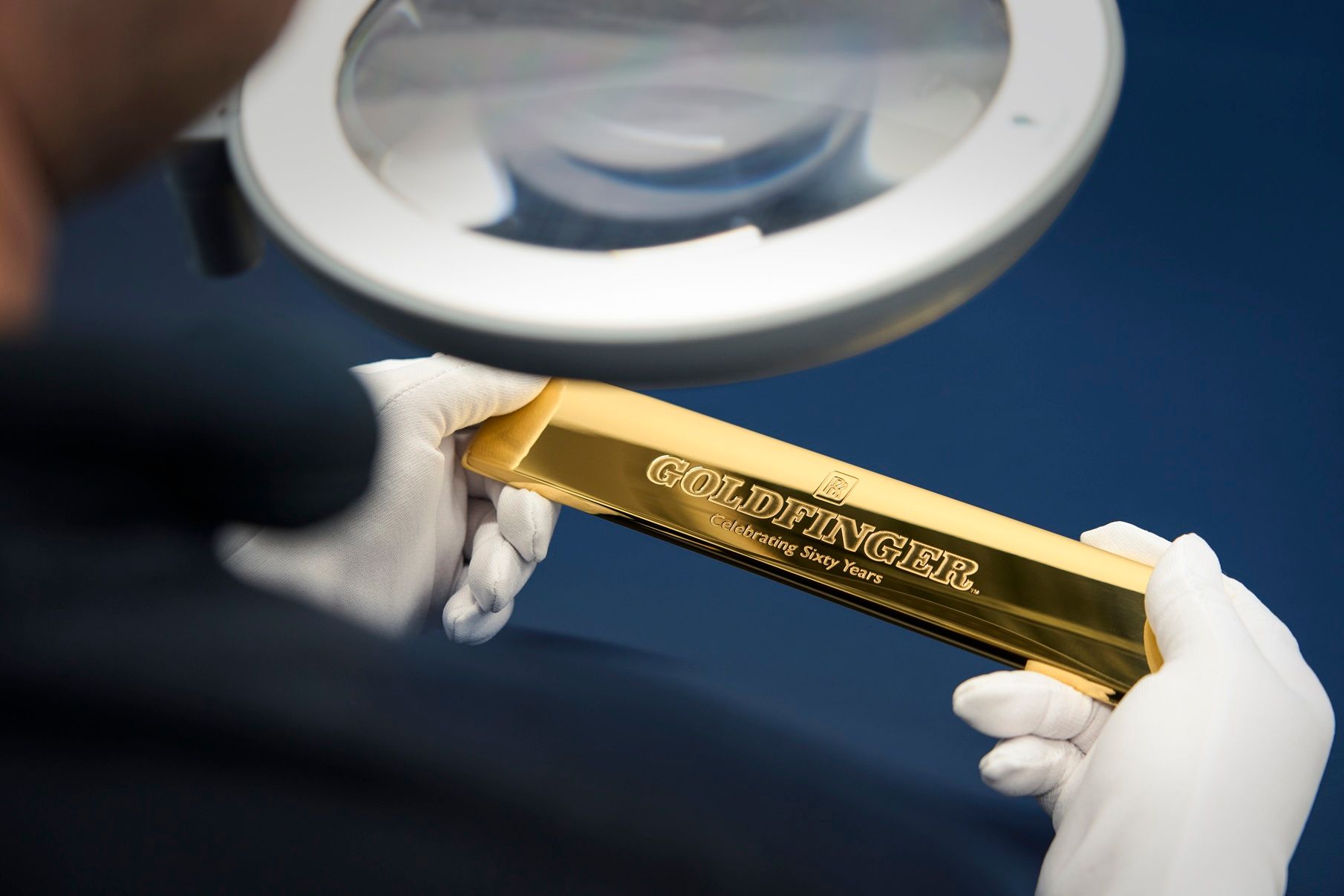
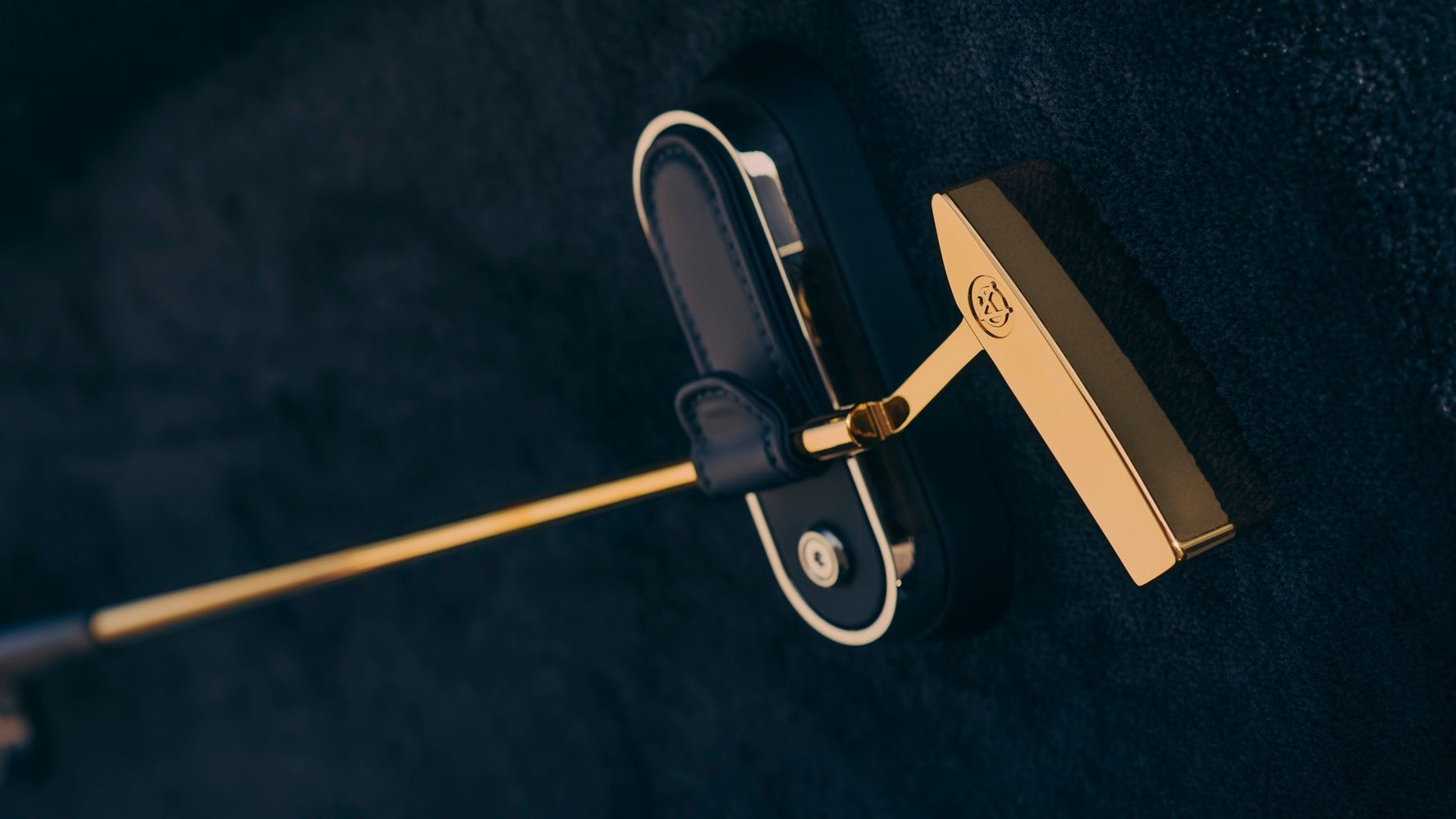
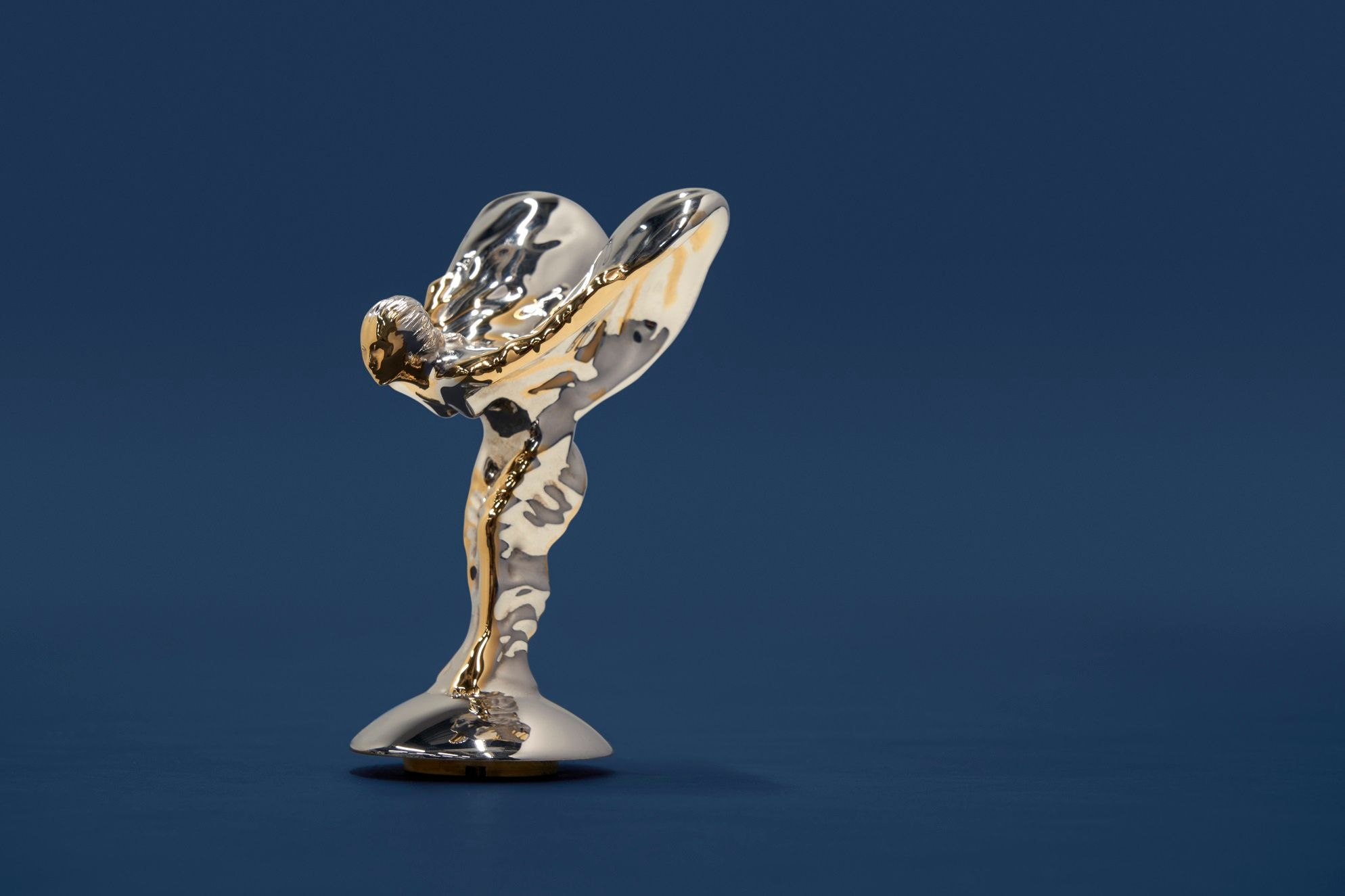
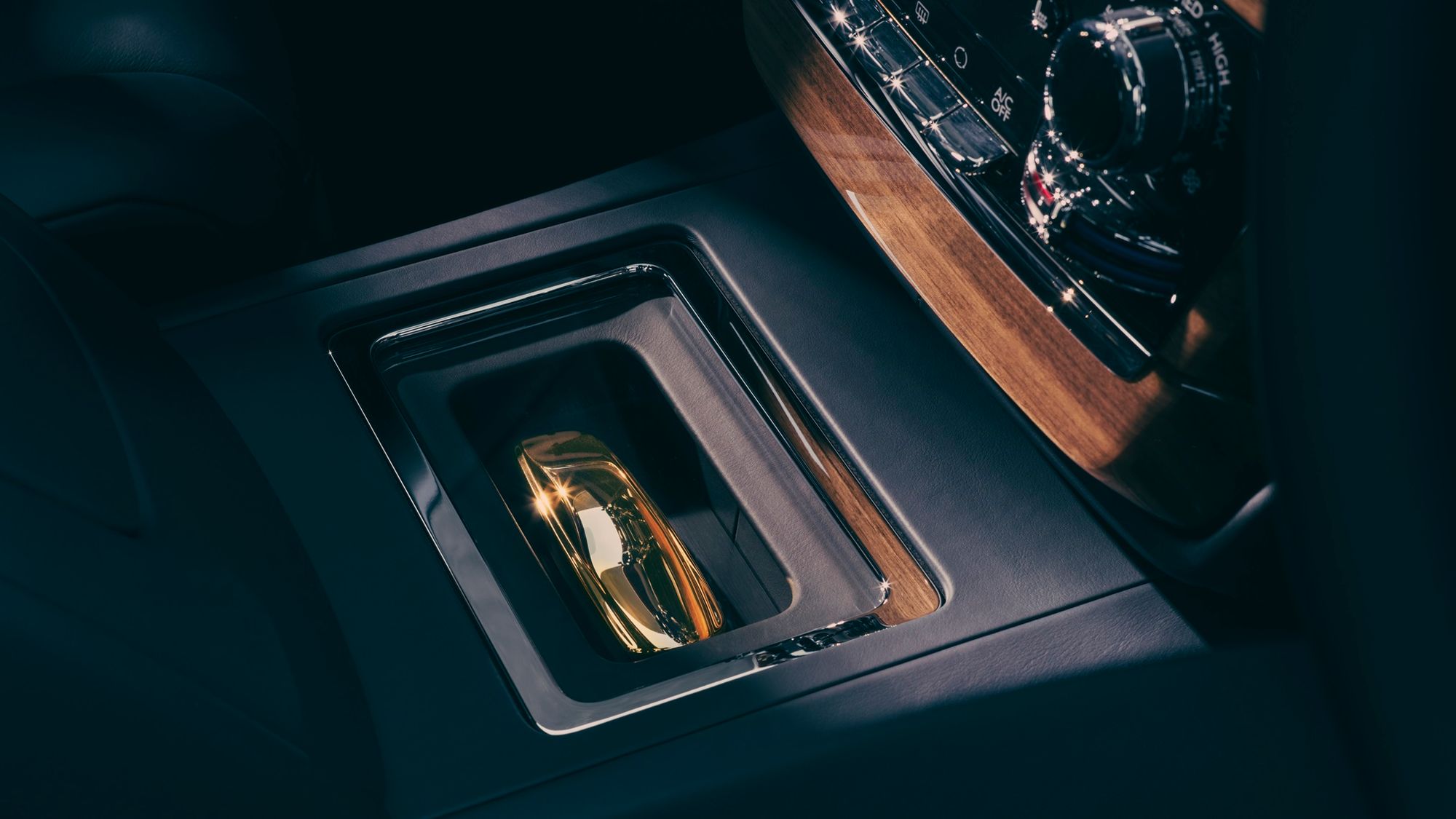
This exclusive vehicle, inspired by Bond’s world, is outfitted with bespoke gadgets that would surely impress Q himself, many of which incorporate gold details.
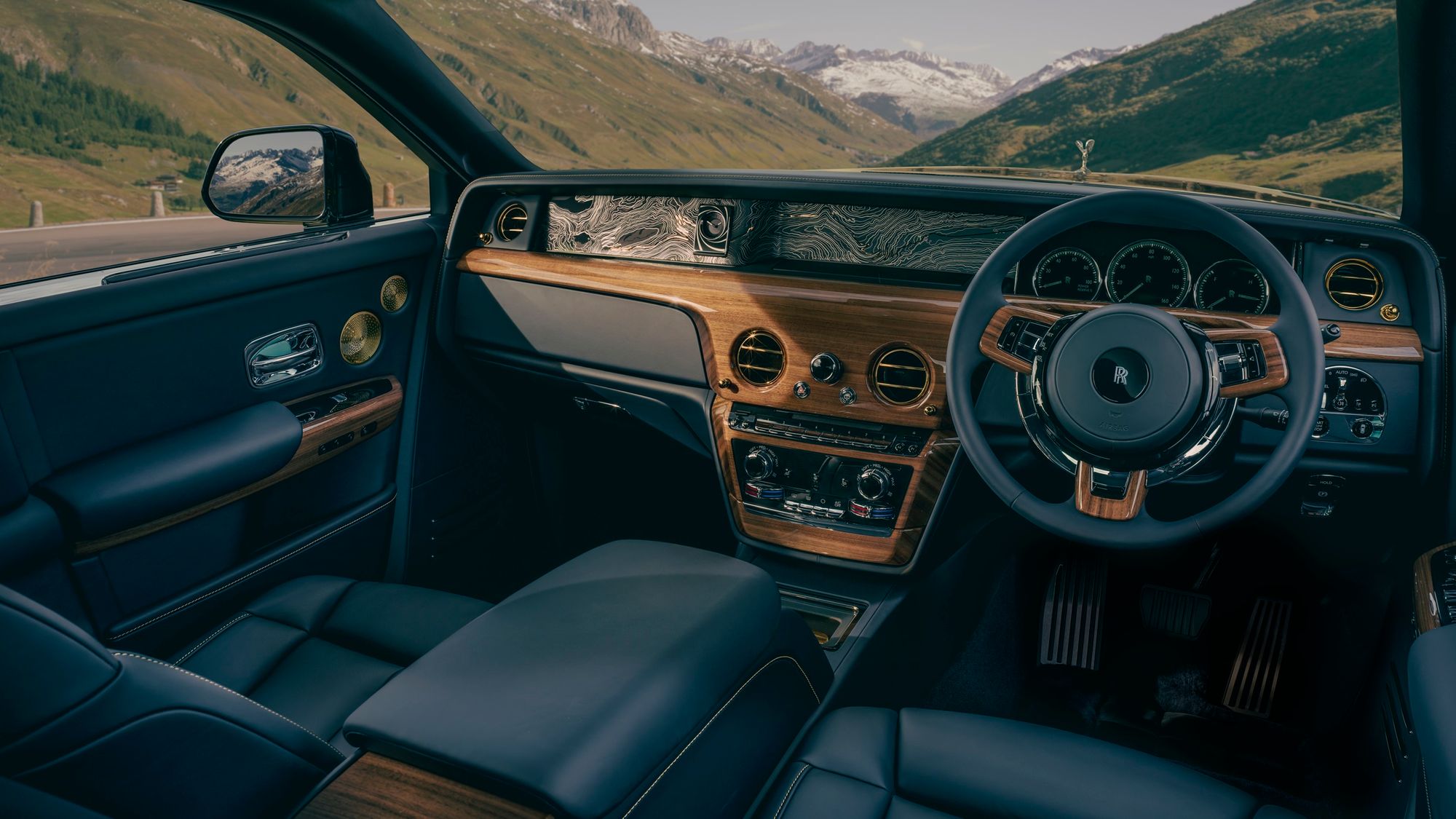
One of the standout features is a gold-plated golf club mounted on the trunk lid, a tribute to the first meeting between 007 and Auric Goldfinger on the golf course.
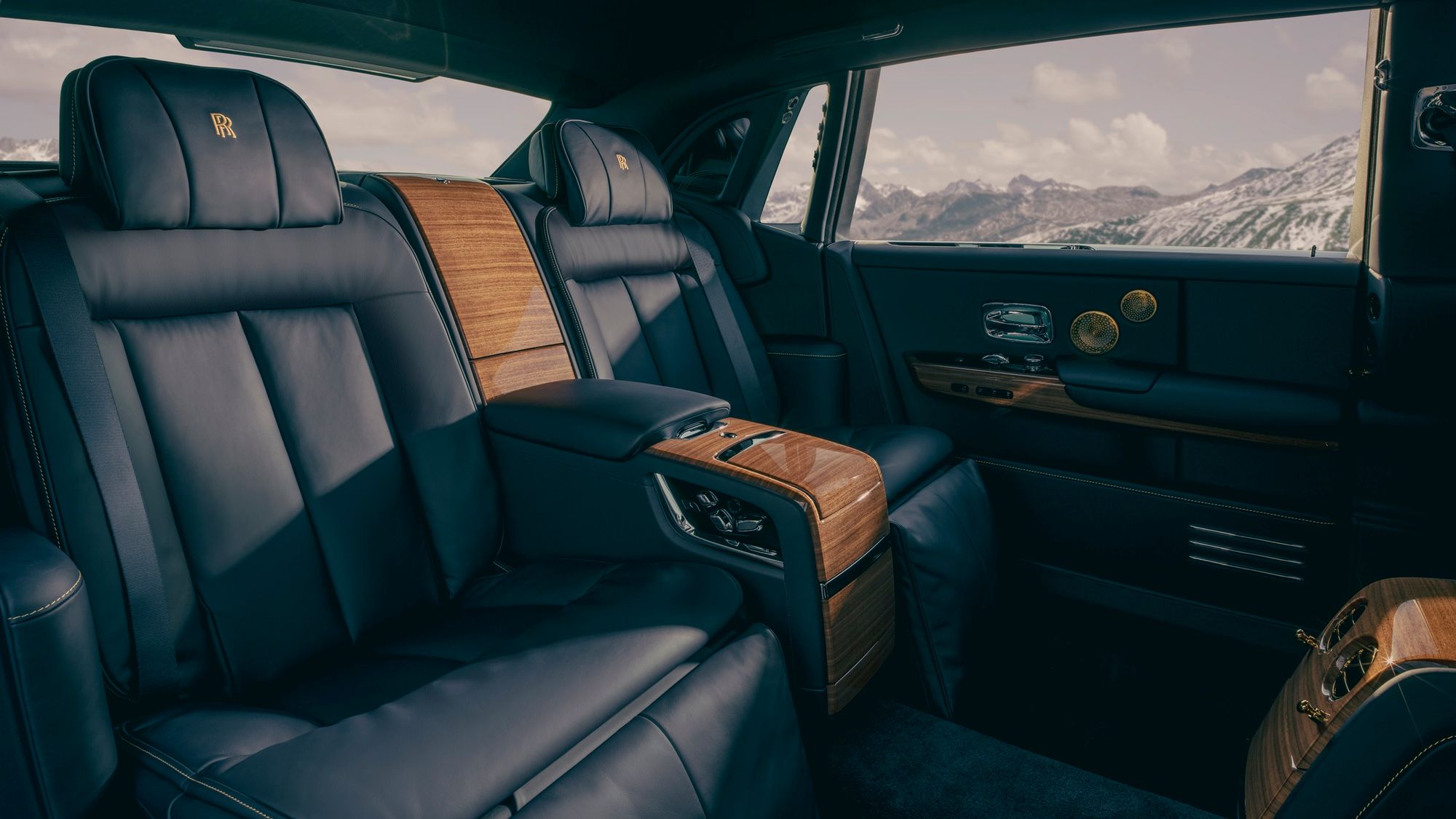
Inside, the picnic tables are inlaid with a 22-karat gold map of Fort Knox, symbolising the movie’s climactic heist scene. Additionally, a three-dimensional gallery in steel and gold highlights Switzerland’s Furka Pass, a pivotal setting for one of the film’s most memorable car chases.
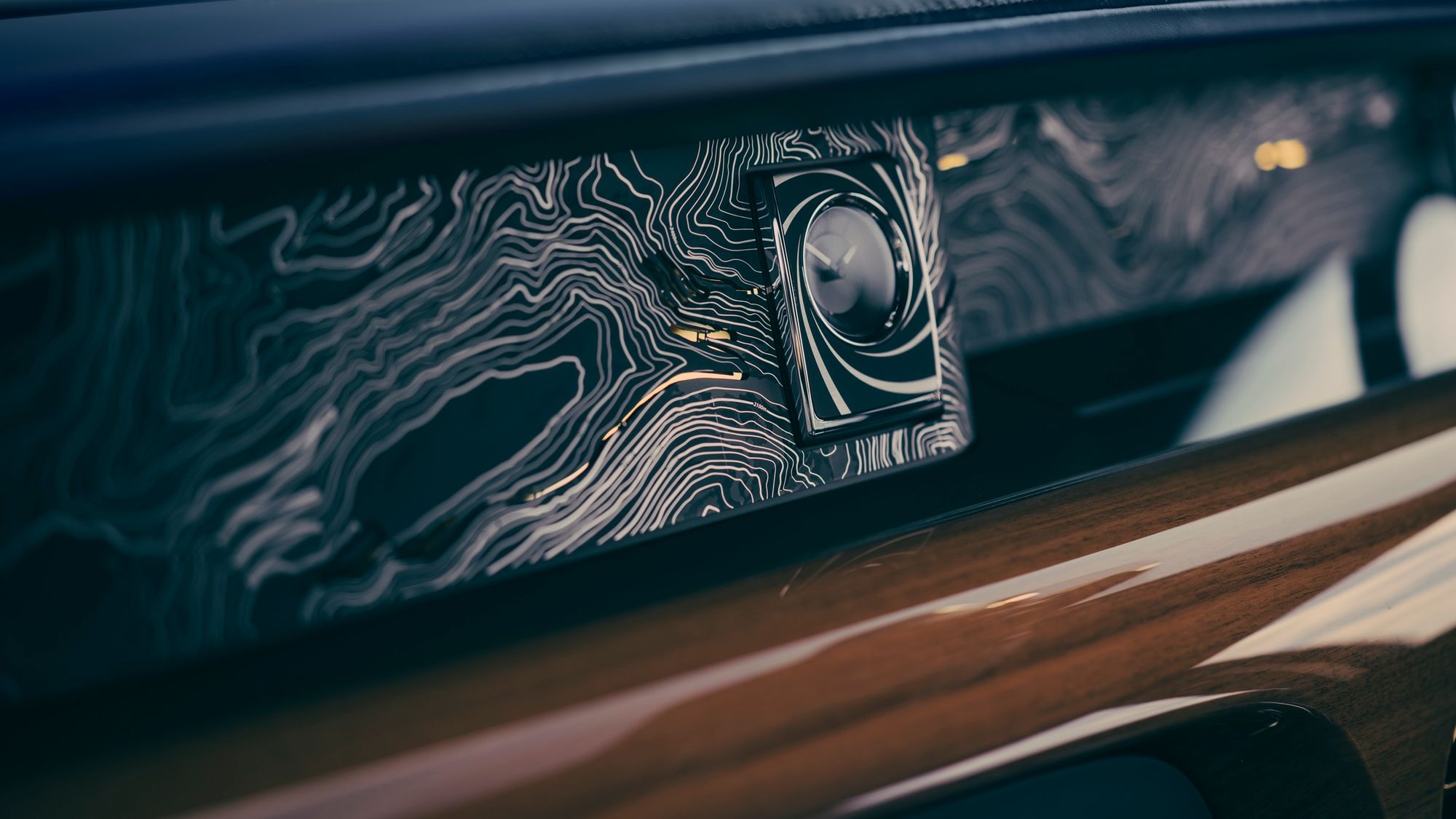
Meanwhile, the 1937 Phantom III’s association with Goldfinger endures as a classic element of Bond lore, blending luxury, cunning, and British style.
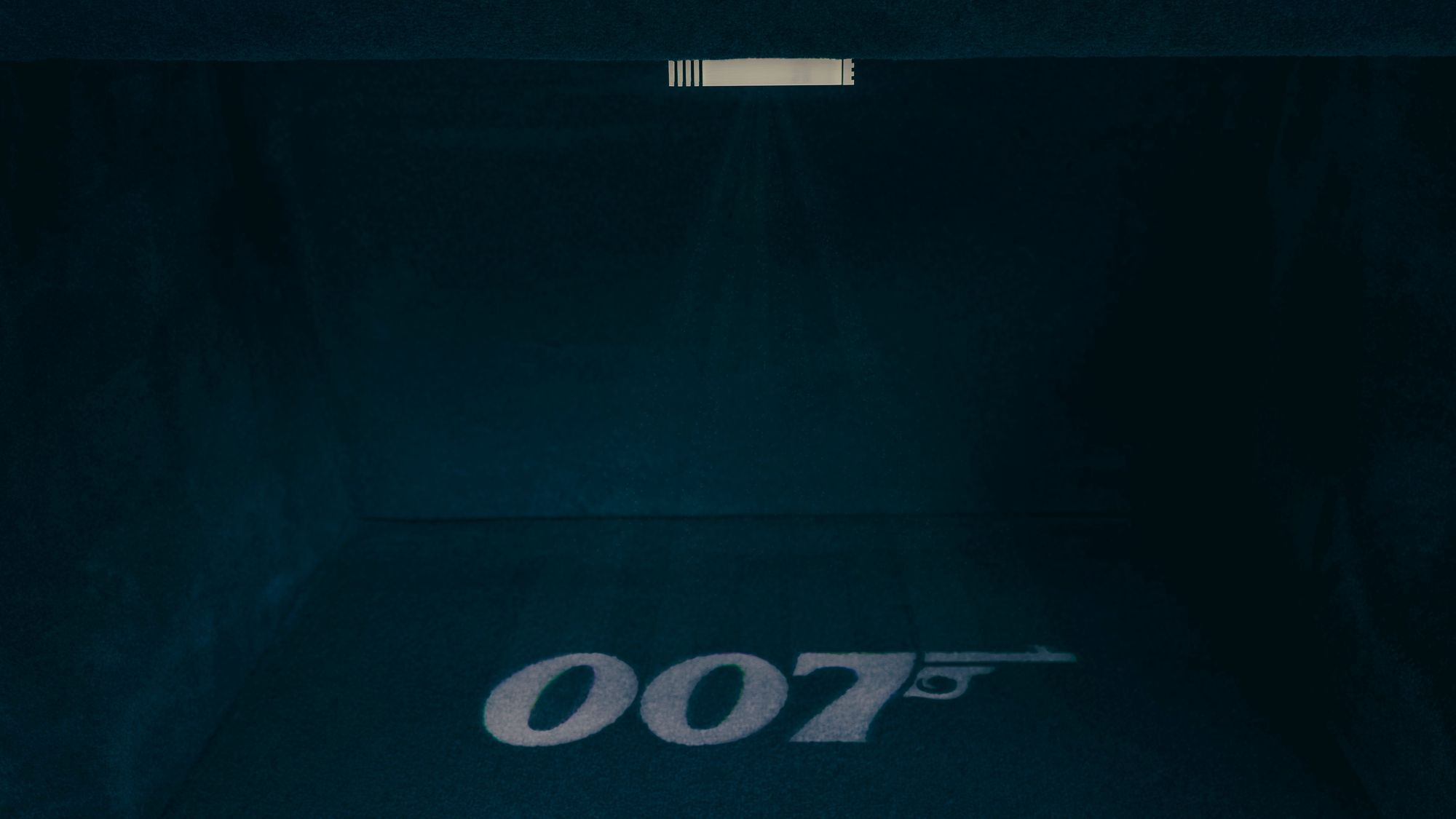
Comments
Sign in or become a deRivaz & Ives member to join the conversation.
Just enter your email below to get a log in link.

